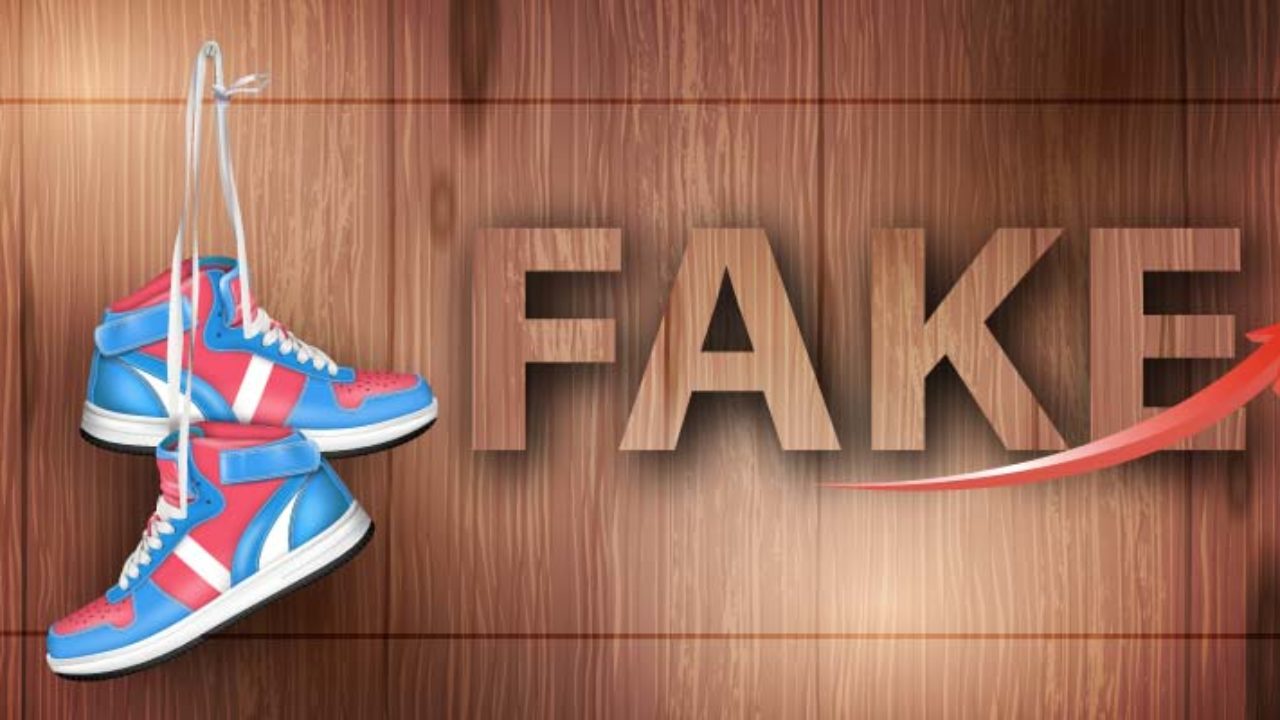According to a report by OECD (Organisation for Economic Co-operation and Development) and EU’s (European Union’s) Intellectual Property Office states that the footwear industry is the most affected by the problem of counterfeiting. Some of the famous brands affected by counterfeiting or duplication are Nike. Adidas, Sketchers, Reebok, Asics, etc.
Fake footwear represented around 22% of the overall share of counterfeited and pirated goods seized in the year 2016.
Nowadays consumers have become highly brand conscious, but everyone cannot afford a costly branded product. In order to satiate their need for buying luxury goods at low prices, people have shifted their focus towards fake goods. Selling and buying of fake items are illegal as they violate the intellectual property rights of the brands.
With the growth of e-commerce, it has become quite challenging to stop the sale of counterfeits. This is because a consumer cannot differentiate between a genuine and an original product by just seeing an image online.
According to a report, the global footwear market was valued at approximately USD 246.07 billion in 2017 and is expected to generate revenue of around USD 320.44 billion by the end of 2023, growing at a CAGR of around 4.5% between 2017 and 2023.
Fake footwear may fulfil your urge for branded goods, but they easily wear out or may cause injury or accidents many times. Counterfeit footwear leads to loss of profits, drop down in the reputations of the brands and also leads to massive unemployment.
Duplicate footwear can be curbed with the help of effective regulatory measures, the use of anti-duplication technologies and most importantly by generating awareness among the consumers and retailers regarding the drawbacks of fake footwear items. Some of the anti-counterfeiting measures are holograms, security labels, QR codes, holographic films, and other flexible packaging products.
To get the best anti-duplication solution call us on +91-7857857000 or mail us at connect@holostik.com.

